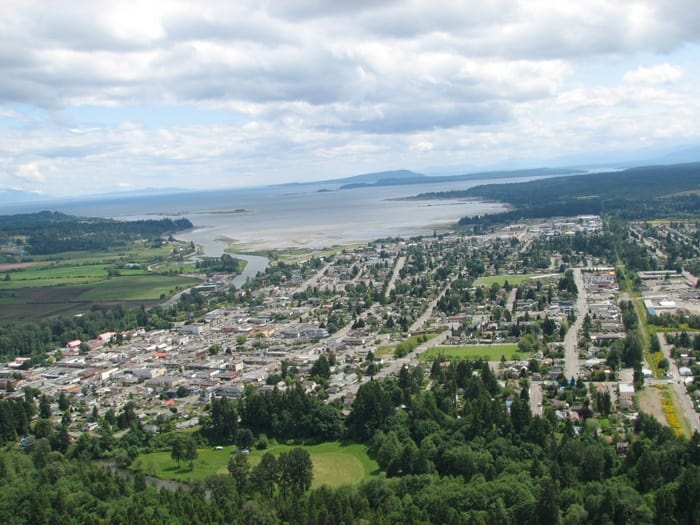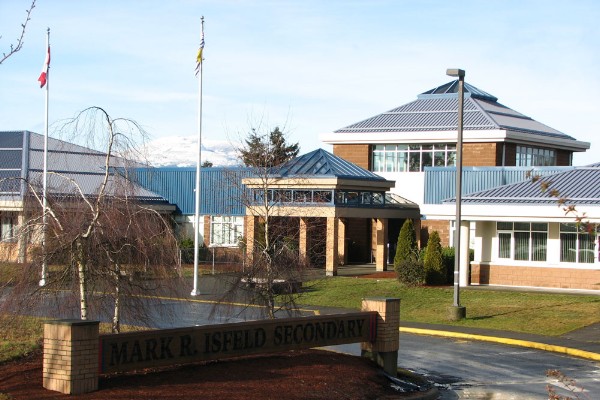In the heart of the Comox Valley, the City of Courtenay unfolds its narrative as a bustling enclave, a burgeoning hub home to 25,599 souls. Positioned strategically at the epicenter of the valley, Courtenay epitomizes a dynamic and prospering locale.
Luxury Residences Odyssey

Within the city’s embrace and at its peripheries, Courtenay’s luxury residences form a tapestry of opulence. Spanning diverse areas, including but not confined to:
- Courtenay East: Graced by Mission Ridge, Mission Hill, Evans Place, Aberdeen Heights, Crown Isle, Valley View Estates, and the scenic stretch between Back Road and Farquharson Farm.
- Courtenay North: A realm of grandeur on expansive lots, from Aldergrove Drive to Coleman Road, Kitty Coleman Beach Provincial Park, Eagles Drive, Seacliffe Road, Headquarters Road, Aldergrove Drive, Sea Bank Road, Bishop Road, Rennie Road, Huband, and Hardy Road.
- Courtenay West: Adorned by homes along Piercy, Condensory, Cessford Road, and the Lake Trail-Marsden-Arden Road areas.
- Courtenay City: Nestled in Old Orchard, Robert Lang Drive, and the Ridge development along Eagleview Crescent.
- Courtenay South: From the Kilmarnock area to Eagle View Drive, Marine Drive in Royston, and coastal nooks off the Old Island Highway.
Demographic Melody
The social fabric resonates with diverse harmonies. Marital unions stand at nearly 70% for married couples, 15% common law, and 15% single parents. Linguistically, English claims dominance at 91%, while 6% converse in non-official languages like German, Dutch, and Spanish, with a melodic 2.4% in French.
Habitat Diversity
Residential vistas showcase a panorama where 66% reside in single detached houses, 15% in semi-detached or row houses, 15% in apartments, and 4% in movable homes. Courtenay, for statistical real estate delineation, unfolds into East, West, North, South, and City zones.
Chronicles of Time

The annals of Courtenay’s history unfold in chapters of resilience and evolution. In 1848, the eponymous Courtenay River carved its place in history, named after Captain Courtenay of the HMCS Constance. Settlers etched their stories in 1862, cultivating farms, fishing the local waters, and logging the lush forests. The Pidcock family’s Comox Sawmill, the inaugural bridge in 1874, and a survey for connecting roads paved the way for growth.
Joseph McPhee’s vision birthed “New Courtenay” on the west side, fostering a downtown core and bustling subdivisions. A litany of fires, the advent of electricity in 1915, and the arrival of the E&N railway in 1914 spurred Courtenay’s metamorphosis into a city. Military echoes resonated with “C” Company and the Sandwick Army Camp during World War II, leaving an indelible mark on the landscape.
As the city grew, the steel bridge in 1923, fires in 1926, and a burgeoning military presence marked pivotal moments. Courtenay’s population burgeoned to 1,737 by 1941, etching its place in the annals of time.
Courtenay’s tapestry, woven with historical threads, paints a canvas of resilience, evolution, and the promise of an ever-unfolding future.
